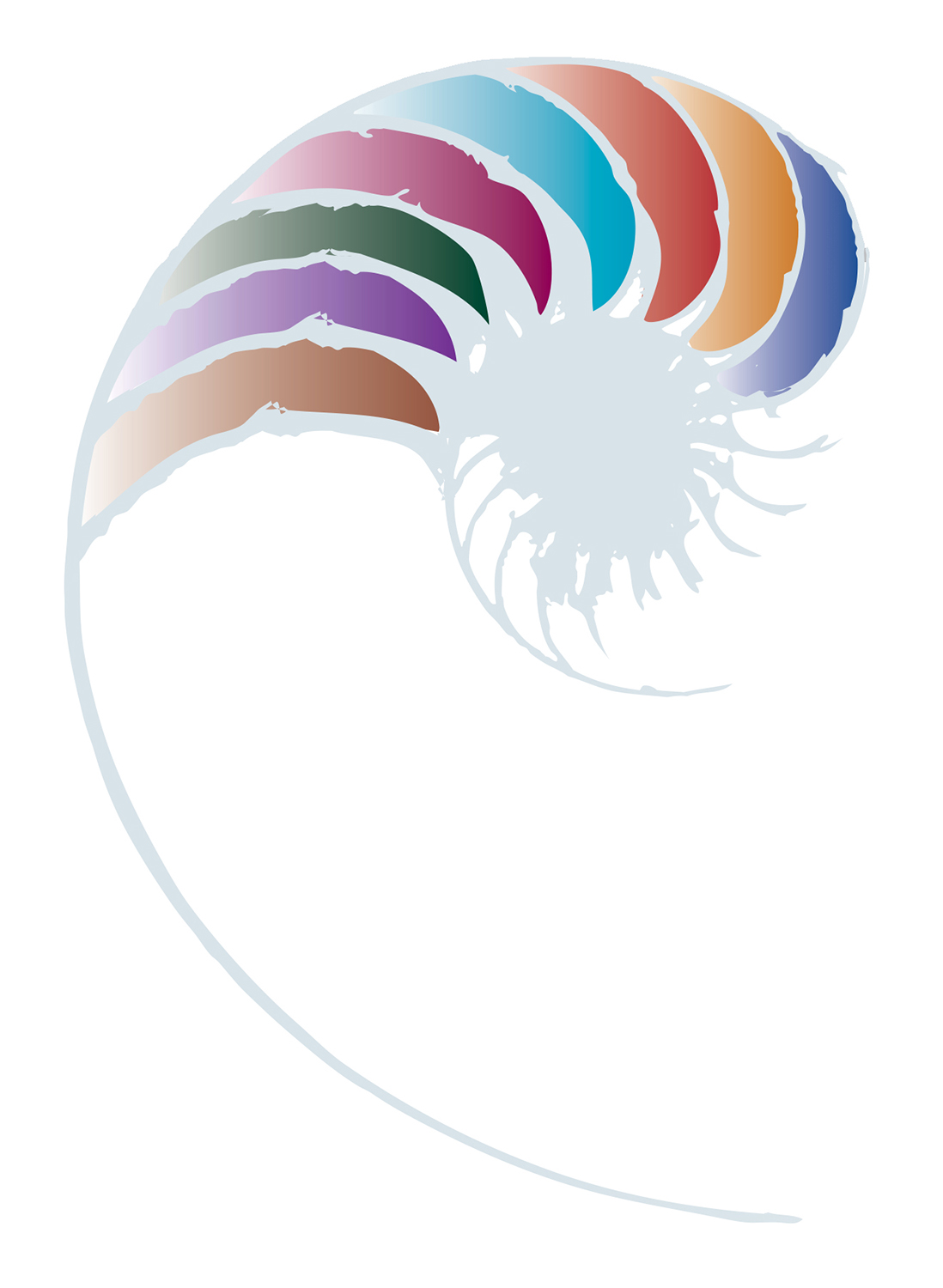Ngā huarahi reorua, reohuhua
Understanding bilingual and multilingual language pathways
This resource helps kaiako to understand bilingual and multilingual language pathways for children, the broad language steps involved in being bilingual from birth and learning a language after age 3. This is part of the Talking together, Te kōrerorero suite of resources. See the resource carousel below for more.

“Increasingly, children are likely to be learning in and through more than one language. Besides English, te reo Māori, and New Zealand Sign Language (NZSL), some 200 different languages are in use in New Zealand, with Samoan, Hindi, Northern Chinese, French, and Yue (Cantonese) being the most common. Children more readily become bi- or multilingual and bi- or multiliterate when language learning in the education setting builds on their home languages." (Te Whāriki, p. 12)
Benefits of bilingual and multilingual learning
"Kaiako in early learning have a vital part to play by educating families about the advantages of bilingualism, by helping children retain their bilingual identities and their family ties, and by preparing them to live in a diverse society.”1
A diverse language environment promotes an understanding of concepts and values associated with identity, language, and culture.
Becoming proficient in two or more languages is a proven advantage in any language learning. Research shows that fostering bilingualism (and multilingualism) supports children to develop strengths in cognitive and social learning.
Being bilingual enables children to:
- communicate with people in their families, communities, and learning environments
- relate to others – participate in cultural activities and connect with others in the community
- learn new words and learn additional languages
- develop bi-literacy or multi-literacy skills and have access to additional literatures, traditions, and ideas to enrich their later learning
- access and apply cultural knowledge that is embedded in language2
- demonstrate flexible thinking and be able to use information in new ways
- come up with new solutions to problems.3, 4
Understanding bilingual language learning pathways
Fostering children’s oral language in Aotearoa involves bilingual and multilingual language learning pathways. Kaiako have an important role in integrating te reo Māori inyo everyday activities. Promoting the learning and use of home languages in the early learning setting affirms children’s culture and identity.
Being aware of each child’s language learning pathway helps kaiako make thoughtful observations, formative assessments, and consider how to support learning and development in ways that acknowledge their linguistic and cultural strengths.
There are two pathways for children becoming bilingual:
- developing two (or more) languages from birth
- second (or subsequent) language learning.
Language steps
- Children spend time immersed in two or more languages from infancy.
- Children mix their use of languages. They learn sounds, vocabulary, and grammar across their languages.
- Children know the distinct features of their languages.
- They are able to switch between languages according to their conversational partner.
- Children develop a preferred language over time.
Language steps
- Children become proficient in their home language. They are introduced to a second language after age three.
- Children mainly observe and listen in environments where the second language is spoken.
- Children use patterns of the new language: short sentences that are modelled by fluent speakers.
- Children become creative in the new language, developing their own correct sentences.
- Children become proficient and hold conversations in their second (or subsequent) language.
Code-switching
Children can learn more than one language system at the same rate as monolingual learning. Expect children to combine elements of languages in one sentence as a typical feature of bilingual/multilingual interactions.
Receptive and expressive language
Expect in all language learning that children’s receptive language (knowledge and understanding of language) is a step ahead of their expressive language (what they can express).
In this video, Nola Harvey shares her thoughts on bilingual and multilingual language learners.

1. Ball, C. E. (2012) Masters thesis. The richness diversity brings: Diverse languages and literacies in early childhood education. Auckland: Auckland University of Technology.
2. Derby, M. (2019) Doctoral thesis. Restoring Māori literacy narratives to create contemporary stories of success. Canterbury: University of Canterbury.
3. Education Review Office (2016). Responding to language diversity in Auckland. Wellington: ERO.
4. American Speech and Hearing Association (ASHA). Learning more than one language,
Bilingualism in preschoolers
Bilingualism in preschoolers is a Radio New Zealand podcast by Wellington speech and language therapist Christian Wright.
English Language Learning Progressions
The English language learning progressions introduction, the first downloadable PDF in this series is an introduction and contains information and understandings about learning an additional language.
Best practices in Pacific bilingual education
This research to understand the features of quality Pacific bilingual education brings together New Zealand and international research by Professor Stephen May, Te Puna Wānanga, University of Auckland.
About this resource
This resource helps kaiako to understand bilingual and multilingual language pathways for children, the broad language steps involved in being bilingual from birth and learning a language after age 3. This is part of the Talking together, Te kōrerorero suite of resources. See the resource carousel above for more.



